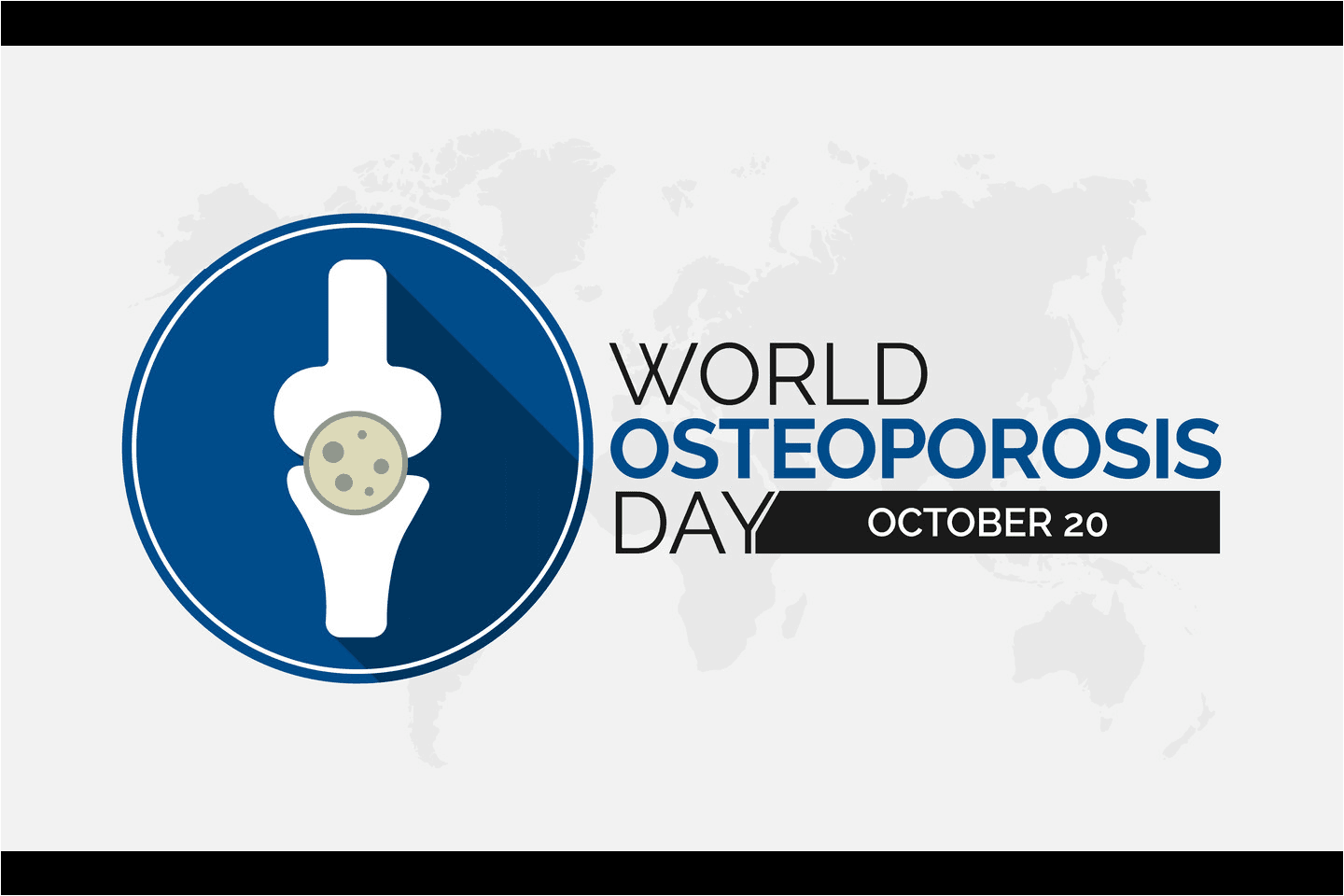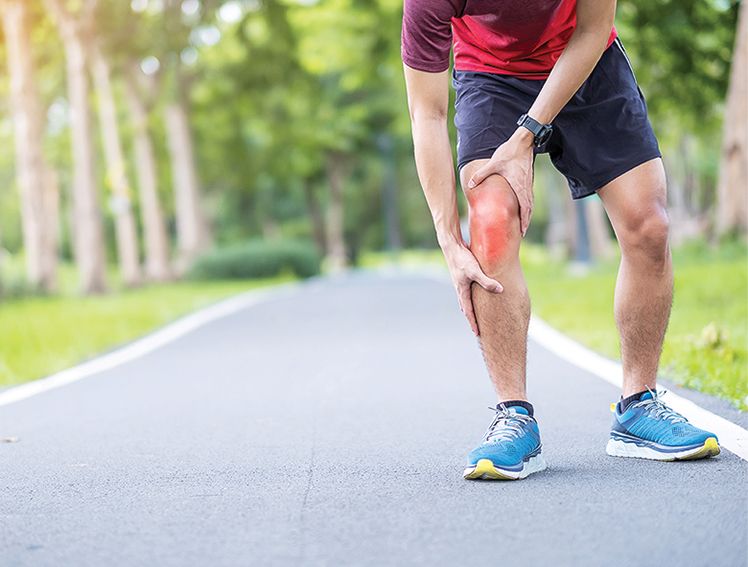
How to Manage Osteoporosis with Lifestyle Modifications and Exercise
Introduction
Did you know that many people have osteoporosis and don’t even realize it until they break a bone? According to the International Osteoporosis Foundation, osteoporosis is greatly underdiagnosed and undertreated in Asia[1]. This condition quietly weakens bones over time, making them more likely to break. Fortunately, there are steps you can take to improve your bone health. By making a few changes to your lifestyle and doing the right exercises, you can strengthen your bones and lower the risk of fractures. With World Osteoporosis Day coming up on October 20th, it’s a great time to learn how to manage osteoporosis with simple and effective steps.
Importance of Lifestyle Modifications in Managing Osteoporosis
Lifestyle changes are important for managing osteoporosis. While some people may need medication, simple changes in your daily routine can significantly improve your bone health. By adopting a healthier lifestyle, you can slow down the progression of osteoporosis, lower your risk of fractures, and improve your overall well-being. The main aim is to strengthen your bones, improve posture, and boost balance, which helps prevent falls and injuries.
Nutrition for Bone Health for Osteoporosis
Calcium-Rich Diet
Calcium is essential for building strong bones. Getting enough calcium in your diet is important to keep your bones dense and healthy. Good sources of calcium can be found in dairy products like milk, yogurt, and cheese, as well as leafy greens like spinach and kale. If you're lactose intolerant or don’t consume dairy, you can try calcium-fortified options like almond milk and tofu.
Vitamin D Intake
This vitamin is needed to help your body absorb calcium. Without enough vitamin D, taking calcium alone won’t work well. You can get vitamin D from sunlight, as well as from foods like fish, eggs, and fortified cereals. Spending some time in the sun each day, especially in the morning, can help increase your vitamin D levels.
Balanced Diet
A balanced diet helps your body get all the nutrients it needs for healthy bones. Along with calcium and vitamin D, you also need other important nutrients like magnesium, potassium, and vitamin K to keep your bones strong. Eating plenty of fruits, vegetables, lean proteins, and whole grains can help provide these essential nutrients.
Avoiding Bone-Damaging Foods and Substances
Some foods and habits can weaken your bones over time. Drinking too much alcohol or caffeine, smoking, and consuming a lot of salty or sugary foods can harm your bone health. To protect your bones, it’s important to cut back on these. Staying hydrated and avoiding carbonated drinks also helps improve your overall health.
Role of Exercise in Managing Osteoporosis
Regular physical activity can boost bone density, strengthen muscles, and improve balance, which lowers the risk of falls. Exercise helps activate the cells in your body that build stronger bones, making them less likely to break.
Weight-bearing and resistance exercises are especially useful for managing osteoporosis. These exercises not only strengthen your bones but also improve posture and mobility. Staying active is important, but it's equally essential to avoid exercises that might increase your risk of falling or getting injured.
Effective Exercises for Osteoporosis Management
- Weight-bearing exercises: These include activities like walking, hiking, dancing, and low-impact aerobics. They make your body work against gravity, which helps strengthen your bones.
- Strength training exercises: Using weights or resistance bands helps build the muscles around your bones. Stronger muscles offer more support to your bones, reducing the pressure on them and helping to prevent fractures.
- Flexibility and balance exercises: Gentle exercises like yoga and tai chi improve your posture and balance, reducing the chances of falling. Stretching exercises also keep you flexible, which is important for staying mobile.
- Low-impact activities: If you're at a higher risk of fractures, low-impact exercises like swimming or cycling are a good option. These activities help you stay fit without putting too much stress on your bones.
It is always recommended to consult a doctor before starting any exercise regimen, especially if you have osteoporosis, to make sure that your activities are safe and effective.
Role of Implants in Recovery and Rehabilitation
In some situations, lifestyle changes and exercise may not be enough, especially for people who have already had fractures. Implants can be very helpful in the recovery process. While exercise strengthens bones, implants help stabilize broken bones, allowing them to heal better and move more easily. This can help individuals regain mobility and reduce pain, improving their overall quality of life.
During rehabilitation, using implants along with physical therapy exercises can speed up recovery. Over time, these treatments help individuals return to their daily activities while keeping their bones healthier.
Conclusion
Now that you know how much of an impact small lifestyle changes can have, managing osteoporosis does not seem too complicated, does it? On this World Osteoporosis Day, why not start by including these simple steps into your daily routine? Your bones will thank you, and you will feel stronger.
References
https://www.osteoporosis.foundation/facts-statistics/key-statistic-for-asia
https://www.mayoclinic.org/healthy-lifestyle/adult-health/in-depth/bone-health/art-20045060
https://www.webmd.com/diet/foods-high-in-calcium
https://ods.od.nih.gov/factsheets/VitaminD-HealthProfessional/
https://www.nhs.uk/live-well/bone-health/food-for-strong-bones/
https://www.mayoclinic.org/healthy-lifestyle/adult-health/in-depth/bone-health/art-20045060#:~:text=Weight%2Dbearing%20exercises%2C%20such%20as,one%20alcoholic%20drink%20each%20day.
https://www.betterhealth.vic.gov.au/health/conditionsandtreatments/osteoporosis-and-exercise#:~:text=You%20can%20reduce%20your%20chances,or%20want%20to%20prevent%20osteoporosis.
https://www.mayoclinic.org/diseases-conditions/osteoporosis/in-depth/osteoporosis/art-20044989
https://www.ncbi.nlm.nih.gov/pmc/articles/PMC9451000/



